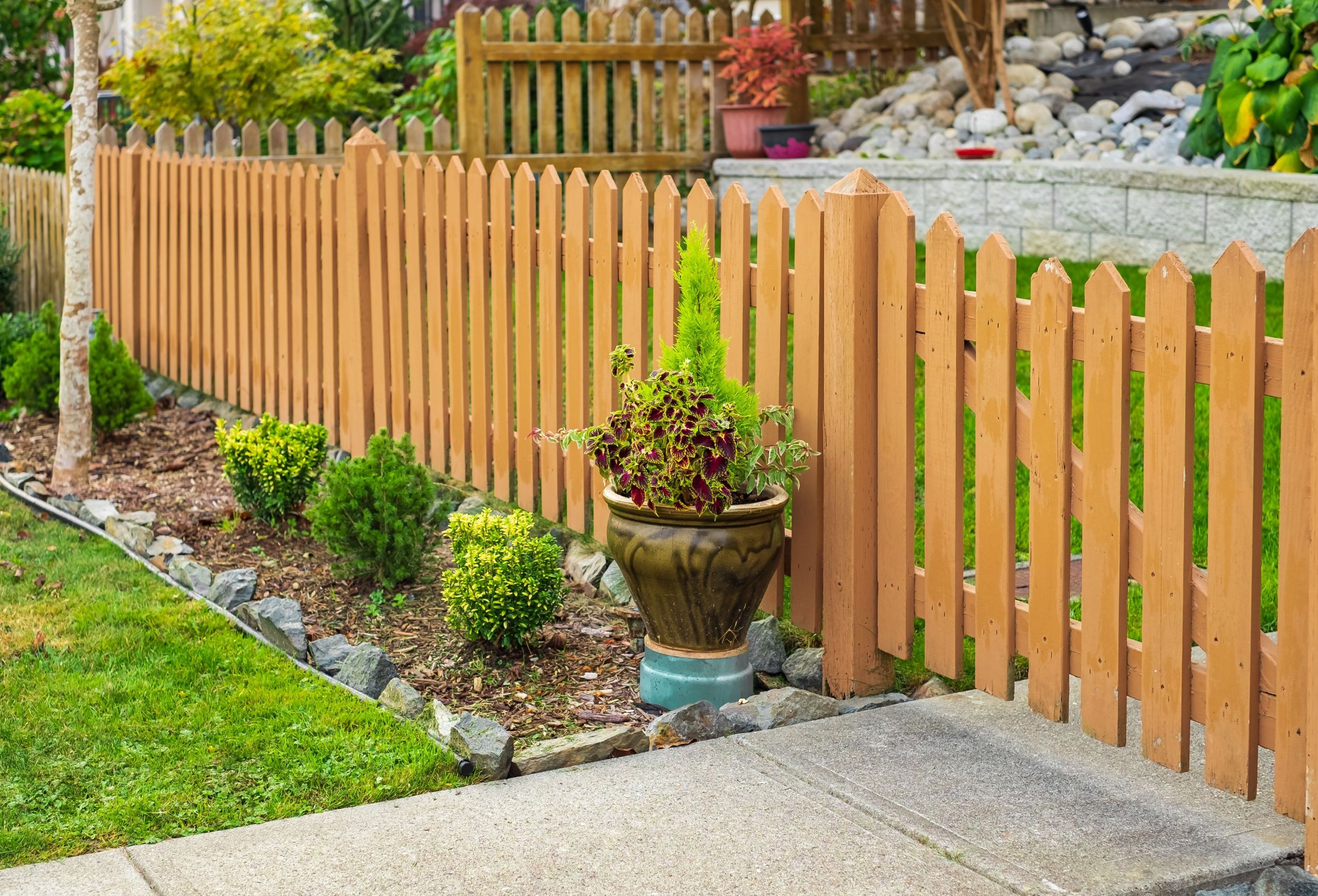All Categories
Featured

A fencing is a useful addition to any type of home, supplying protection, privacy, and boosting the general aesthetic charm of your home or business. Like any type of exterior structure, a fencing will normally wear down over time due to direct exposure to the components, mishaps, or merely age. Acknowledging the indicators that your fencing requires to be changed can help you avoid further damage and maintain the safety and security and look of your building. Below are some key indications that it's time to change your fence.

- Noticeable Damages or Wear And Tear
Among the most noticeable indications that your fencing requires to be changed is visible damages. Whether it's from weathering, mishaps, or pests, any kind of major fractures, splintering, or missing out on boards can substantially reduce the architectural honesty of your fence. Replacing the whole fencing may be more cost-effective in the long run. if the damage is comprehensive and goes beyond simply a few repair work.
- Leaning or Sagging
A leaning or drooping fence is a clear indicator of a trouble. Also if the fence appears to be leaning a little, it could be a sign of underlying structural concerns that might intensify with time.
- Rotting or Rotting Timber

Wooden fences are particularly prone to rot and decay, especially in locations that experience high degrees of dampness or moisture. If you notice that components of your wood fencing are soft, tarnished, or have noticeable mold, these are all indications of rot. Left uncontrolled, deteriorating timber can lead to a weak fence that might eventually fall down. In many cases, sections can be changed, but if the damage prevails, a complete substitute may be necessary.
- Rust and Corrosion (For Steel Fences)
If you have a steel corrosion, fence and rust are usual indications of damage. If you discover any type of significant weakening or big areas of rust, it might be time to consider replacing your metal fence.
- Fence No Longer Fulfills Your Demands
An additional factor to replace your fencing might be that it no longer serves its designated function. In time, your needs might transform-- perhaps you require a greater fence for more privacy or a more powerful one for boosted safety. If your fencing no longer satisfies your needs or does not align with your current choices, it may be time to upgrade to a brand-new, a lot more practical layout.
- Fading and Staining
While fading and staining are usually aesthetic issues, they can still indicate that your fence is aging. Exposure to UV rays and severe weather can cause fences to shed their initial color, making them look worn and boring. If the fading is considerable and you have actually currently attempted cleaning up and tarnishing the fence, it could be time to replace it to recover the appearance of your home.
- Frequent Repair Services
If you discover yourself regularly repairing your fence, it can be an indicator that the fencing is nearing completion of its life-span. While small repair work can prolong the life of a fencing, frequent repairs might indicate that the structure is no much longer secure. In this instance, it may be extra cost-efficient to change the entire fence as opposed to remaining to purchase repair work.
Verdict
Replacing a fencing is a substantial investment, yet it is crucial for keeping the privacy, curb, and safety and security appeal of your residential property. If your fence is revealing indicators of damages, rot, leaning, or various other architectural concerns, it's vital to analyze whether a substitute is essential. By determining these indication beforehand, you can make informed decisions regarding when to replace your fence, guaranteeing your home remains safe and secure and visually appealing for years to come.
Latest Posts
How Regular Vehicle Maintenance at Montclare Auto Repair Reduces Costs
Published Jun 01, 25
1 min read
Join WyHy Federal Credit Union – Top Benefits for Your Future
Published May 26, 25
1 min read
Uncover Montclare Auto Repair’s Leading Services and Why Drivers Trust Them
Published May 25, 25
1 min read